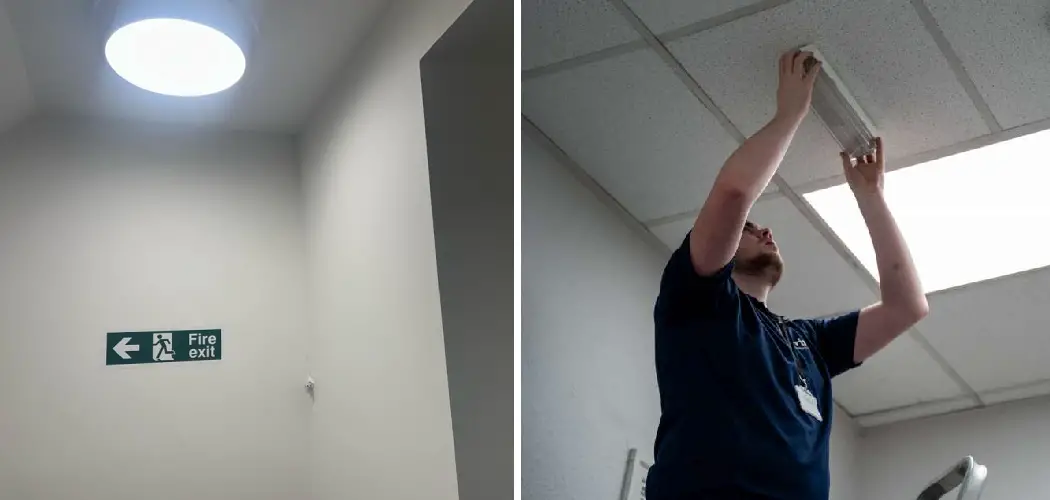Emergency light fixtures are critical components for maintaining safety in buildings during power outages. Regular maintenance is essential to ensure that these lights function properly when needed most.
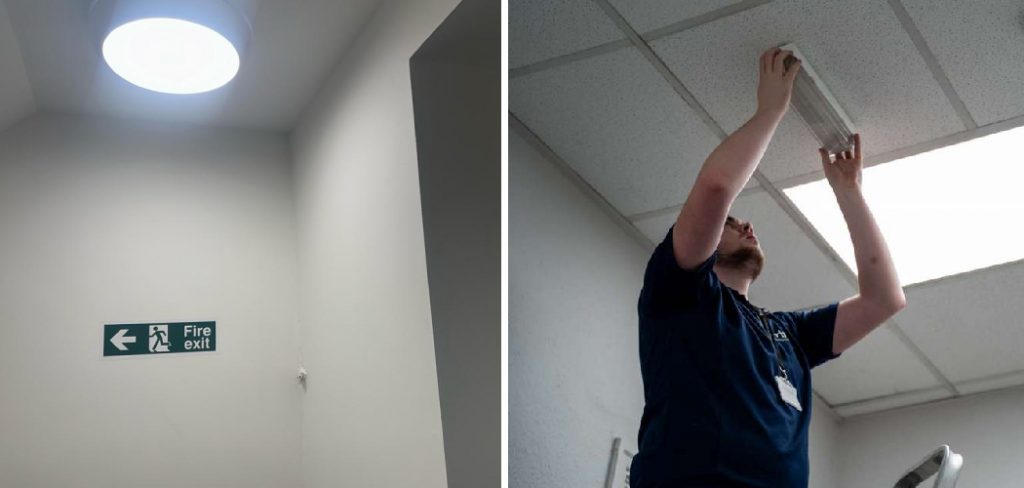
In this guide on how to maintenance emergency light fixture, we will walk through the steps necessary to inspect, test, and service emergency lighting fixtures to comply with safety standards and provide peace of mind that these systems will operate effectively during an emergency.
What is an Emergency Light Fixture?
An emergency light fixture is a type of lighting system that automatically turns on during a power outage or other emergency situation. These lights are typically installed in buildings to provide illumination and guide individuals to safety exits in case of any hazardous situations.
It is important to note that emergency light fixtures are not the same as exit signs, which only indicate the location of an exit. The purpose of emergency light fixtures is to provide enough lighting for individuals to safely evacuate a building during an emergency.
Types of Emergency Light Fixtures
There are different types of emergency light fixtures available, including battery-operated, self-contained, and central battery systems. Battery-operated emergency lights are self-explanatory – they are powered by batteries that switch on when the main power source goes out.
Self-contained emergency lights have a built-in battery and charging system, while central battery systems have a backup generator or batteries connected to multiple light fixtures. These systems are commonly used in larger buildings or complexes.
Why is Maintenance Important?
Maintaining emergency light fixtures is essential to ensure their proper functionality during an emergency. These lights often go unnoticed until they are needed, which is why regular maintenance is crucial.
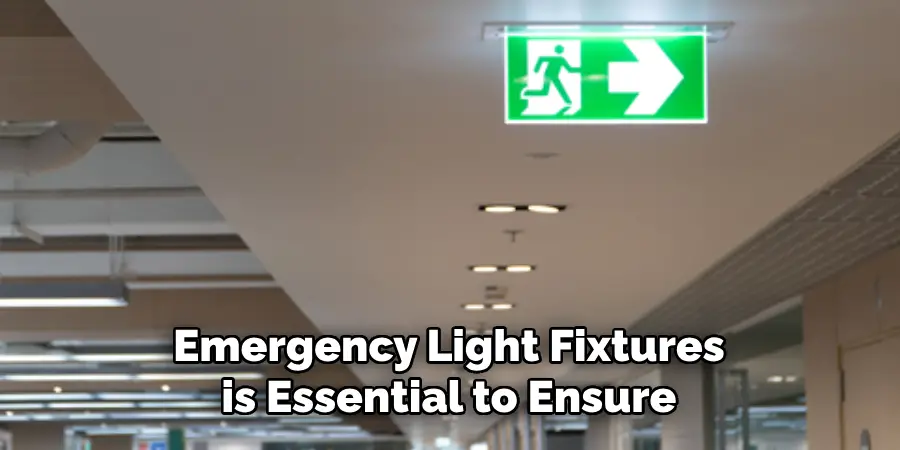
Neglecting to maintain emergency light fixtures can result in faulty or non-working lights during critical times, putting individuals’ safety at risk. You can also face legal consequences and penalties if your building does not comply with safety standards. It is recommended to follow the manufacturer’s maintenance guidelines and perform maintenance checks at least once every six months.
Needed Materials
Before starting the maintenance process, ensure you have the following materials on hand:
Screwdrivers (Phillips and flathead)
These are essential tools for removing screws from the light fixtures.
Replacement bulbs
Be sure to have replacement bulbs of the correct size and type for your specific emergency light fixtures.
Cleaning supplies
Cleaning supplies such as a soft cloth or brush, mild soap, and water will be needed to remove dust and debris from the light fixtures.
Voltage tester
A voltage tester is necessary to ensure the power is off before beginning any maintenance work on the emergency light fixtures.
Ladder or step stool
Depending on the height of your light fixtures, you may need a ladder or step stool to reach them safely. Always take proper precautions while using a ladder.
9 Easy Step-by-step Guidelines on How to Maintenance Emergency Light Fixture
Step 1: Turn Off the Power
Before beginning any maintenance work, turn off the power to the emergency light fixtures at the main breaker. You can also unplug the light fixtures if they are battery-operated.
It is essential to ensure the power is off before proceeding with any maintenance work for your safety. Thoroughly test the voltage with a tester to confirm the power is off. It is also advisable to label the breaker to avoid any confusion in the future. But if you are not comfortable working with electricity, it is best to hire a professional electrician. You
Step 2: Clean the Light Fixtures
Using a soft cloth or brush, clean all visible parts of the emergency light fixtures. Remove any dust or debris that may have accumulated over time. Make sure not to use harsh chemicals or abrasive materials, as they may damage the fixtures. Otherwise, use a mild soap and water solution to clean the fixtures thoroughly.

It is essential to keep the light fixtures clean and free of any obstructions for optimal functionality. But be extra careful when cleaning around the emergency light’s battery and charging components. The battery should never get wet or moist.
Step 3: Check the Batteries
If your emergency light fixtures are battery-operated, it is essential to check the batteries during maintenance. Ensure that they are in good condition and have enough charge. If any of the batteries show signs of corrosion, replace them immediately.
It is also a good idea to test the backup batteries by switching off the main power source. If your fixtures use rechargeable batteries, check their charging status and replace them if necessary. The batteries are the heart of your emergency light fixtures, so it is crucial to keep them in good working condition.
Step 4: Inspect the Bulbs
Check all bulbs in the emergency light fixtures for any signs of damage or wear. If any bulb is burnt out or cracked, replace it with a new one of the correct size and wattage. It is also recommended to replace all bulbs during maintenance to ensure they are all in good working condition.
Don’t forget to clean the inside of the light fixtures and the bulb sockets before replacing them. You can use a dry cloth or compressed air to remove any dust and debris. It is essential to have fully functioning bulbs in your emergency light fixtures for proper illumination during an emergency.
Step 5: Test the Emergency Lights
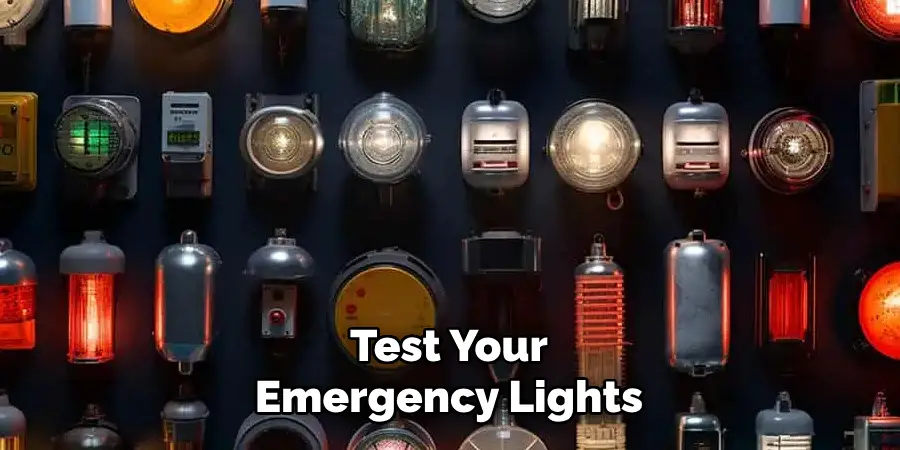
After cleaning and replacing any necessary components, it is time to test your emergency lights. Turn the power back on and activate the emergency lights by switching off the main power source. Check all fixtures to ensure they are working correctly, including any exit signs connected to the emergency lights.
If you notice any issues, repeat the maintenance process or contact a professional for further assistance. You can also involve your local fire department to perform a full emergency light test. If your building has a central battery system, make sure to test all fixtures connected to it.
Step 6: Reset the Emergency Lights
Once you have completed your maintenance checks and confirmed that all fixtures are working correctly, reset them. Turn off the power again and switch on the main breaker. This will ensure that your emergency lights are ready to activate when needed in case of a power outage.
If your fixtures have a test button, use it to make sure everything is working correctly. The test button will also help you determine if any additional maintenance is required. If the button doesn’t work, perform another round of maintenance checks.
Step 7: Keep Records
It is crucial to keep records of all your emergency light maintenance checks and repairs. This will help you track any issues or patterns that may arise over time. You can also schedule regular maintenance checks based on these records to ensure the lights are always in optimal working condition.
You may also need to provide these maintenance records to comply with safety regulations during inspections. It is essential to keep detailed and accurate records for the safety of your building and its occupants. It is also a good idea to have a logbook near the emergency lights for easy access and record-keeping.
Step 8: Replace Old Fixtures
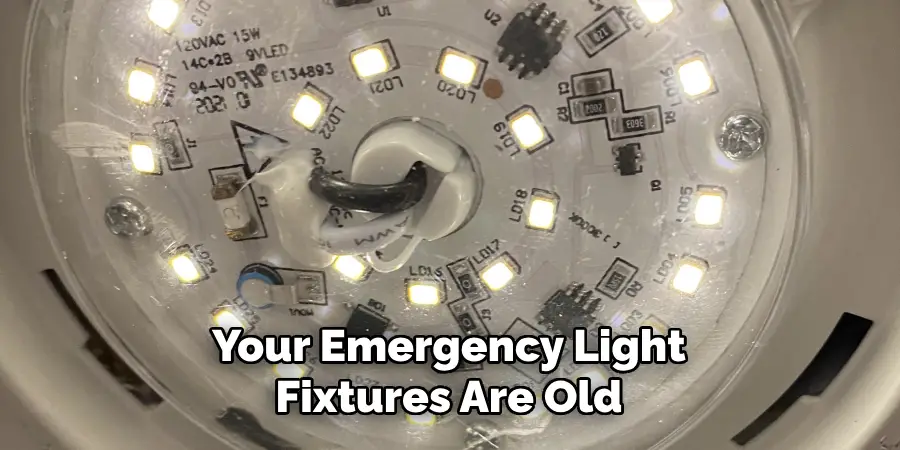
If any of your emergency light fixtures are old or no longer working correctly, it is best to replace them. Old fixtures may not have the latest technology or may no longer be up to code, putting your building and its occupants at risk. It is crucial to keep your emergency light fixtures up-to-date and in good working condition to ensure their effectiveness during an emergency or power outage.
You can also consider upgrading to more energy-efficient fixtures, which will save you money on electricity costs in the long run. It is always better to invest in new fixtures rather than risking the safety of your building. You can also consult a professional to determine the best fixtures for your building’s specific needs.
Step 9: Train Employees
It is essential to train designated employees on how to perform basic maintenance checks and use the emergency lighting system. They should know where all the light fixtures and switches are located, as well as how to reset them in case of an emergency.
You can also train them on how to replace bulbs or batteries if necessary. This will ensure that your emergency lighting system is always ready for use and can be activated by trained personnel in case of an emergency. It is crucial to regularly review and update this training to ensure everyone knows what to do during a power outage or emergency situation.
Following these maintenance steps will help keep your emergency light fixtures in good working condition and ensure the safety of your building and its occupants. Remember to always prioritize safety when performing any maintenance work, and don’t hesitate to seek professional assistance if needed.
Keep detailed records and regularly review and update your emergency lighting system for optimal effectiveness. Stay prepared for emergencies with a well-maintained and functioning emergency lighting system.
Battery Maintenance and Replacement
It is essential to have a regular maintenance schedule for your emergency light batteries. This will ensure that they are always in good working condition and provide the necessary backup power during an emergency. Here are some tips for maintaining and replacing your batteries:
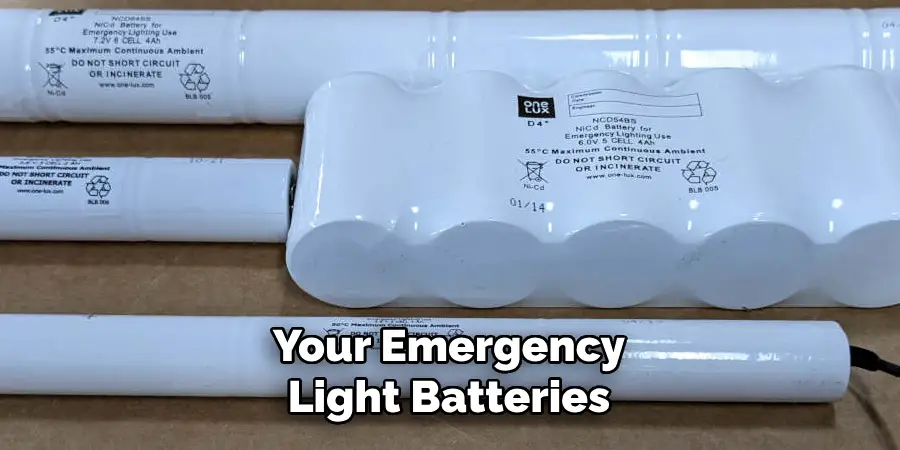
- Check the battery connections regularly and clean any corrosion or build-up on them with a wire brush or baking soda solution.
- If your batteries are rechargeable, make sure they are charging correctly and have enough power. Replace them if necessary.
- Keep spare batteries on hand in case of emergencies or unexpected failures.
- Test the battery voltage regularly using a voltmeter to ensure they are still functioning properly.
- Replace all batteries at least every two years, even if they seem to be working correctly.
- Properly dispose of old batteries following local regulations and guidelines.
- Consider switching to maintenance-free batteries for easier upkeep.
Remember, your emergency light batteries are a crucial component of your lighting system and should not be overlooked during maintenance checks. Regularly maintaining and replacing them will help ensure the safety of your building and its occupants during a power outage or emergency situation.
Overall, following these steps and staying proactive with your emergency light maintenance will help you be prepared for any situation and keep your building safe.
Record-Keeping and Documentation
Maintaining meticulous records and documentation for your emergency lighting system is not just a best practice—it’s a regulatory necessity. Documenting each maintenance activity, repair job, and battery replacement cycle is critical. Establish a reliable system to record dates, actions taken, and personnel involved.
Include any observations about the conditions of the equipment, especially any irregularities or defects observed. This record can help identify recurring issues and can be invaluable during audits or inspections, demonstrating compliance with safety standards.
Moreover, these records provide an audit trail that can prove crucial in insurance claims or legal matters. Make sure your documentation is always accessible and updated as part of your regular maintenance routine.
Advanced Maintenance Techniques
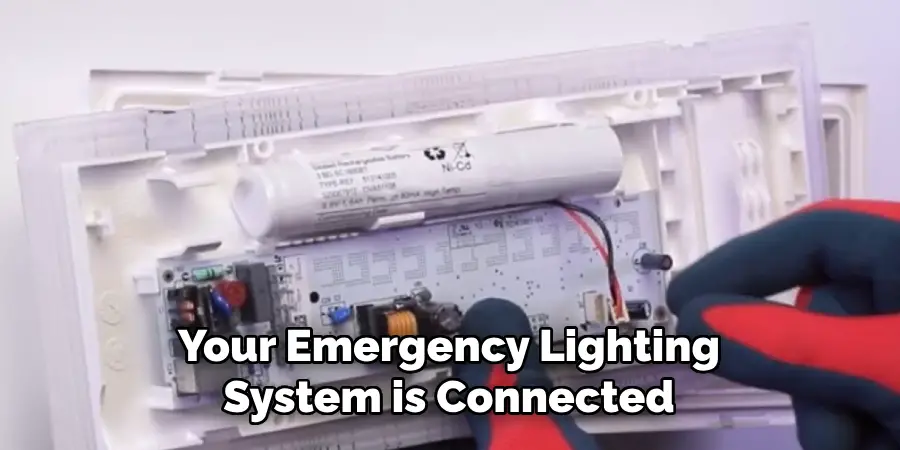
As with any equipment, there may be more complex maintenance tasks that require trained professionals’ expertise. For example, if your emergency lighting system is connected to a central control unit or has advanced features like remote monitoring, you may need specialized training to maintain and troubleshoot these components.
Make sure you have access to the necessary resources and schedule regular professional inspections as part of your overall maintenance plan. Performing these advanced maintenance tasks can prevent costly repairs or replacements in the long run.
Compliance with Regulatory Requirements
It’s important to ensure that your emergency lighting system complies with all relevant safety regulations and codes. These requirements may vary depending on the type of building, its location, and the specific needs of its occupants. Make sure you are familiar with these standards and follow them during installation, maintenance, and repairs.
Regularly review any changes or updates in these regulations and adapt your emergency lighting system accordingly. Compliance with safety regulations not only ensures the safety of your building and its occupants but also protects you from legal liabilities in case of any accidents or emergencies.
How Much Will It Cost?
The cost of maintaining your emergency light fixtures will depend on various factors such as the size and type of your building, the number and type of emergency light fixtures, and any advanced features or components. It is essential to budget for these maintenance costs and consider them as part of your overall building maintenance expenses.
Keep in mind that regular maintenance can prevent costly repairs or replacements in the future. Moreover, ensuring the safety of your building and its occupants is priceless. It’s always better to be prepared than face the consequences of inadequate maintenance.
Frequently Asked Questions
Q: How Often Should I Perform Maintenance on My Emergency Lighting System?
A: It is recommended to have a regular maintenance schedule, at least once every six months. However, more frequent checks may be necessary depending on the age and condition of your equipment. It is also crucial to perform maintenance after any significant power outage or emergency event.
Q: Can I Use LED Bulbs in My Emergency Lighting System?
A: Yes, LED bulbs are an energy-efficient and long-lasting option for your emergency light fixtures. Just make sure they are suitable for use with your specific system and comply with safety regulations.
Q: Who Should Be Trained to Operate the Emergency Lighting System in Case of an Emergency?
A: Designated employees who are responsible for building maintenance and safety should be trained on how to operate the emergency lighting system. Make sure they have a thorough understanding of its components, locations, and basic troubleshooting techniques.
Q: What Should I Do if My Emergency Light Batteries Fail During an Emergency?
A: First, try to replace the batteries if you have spare parts available. If not, use alternative light sources and seek professional assistance for battery replacement as soon as possible. Regularly test your batteries to avoid unexpected failures during emergencies.
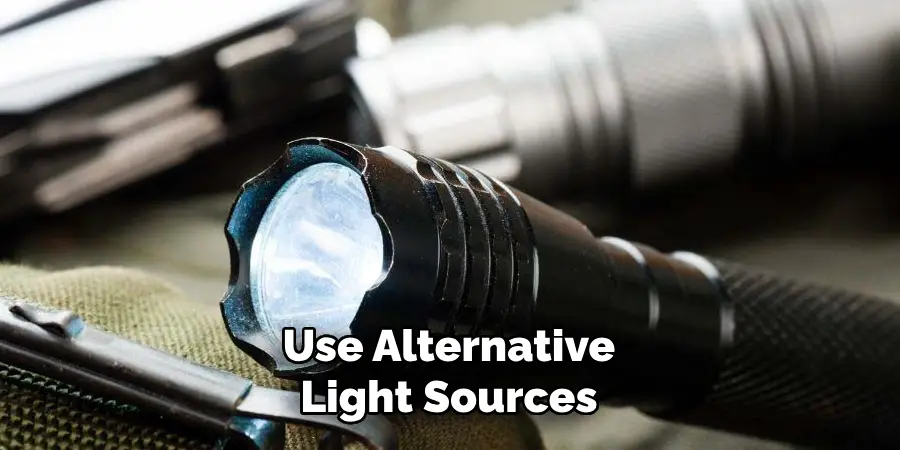
Q: How Can I Ensure Compliance with Safety Regulations for My Emergency Lighting System?
A: Familiarize yourself with the relevant safety regulations and codes in your area and regularly review any updates or changes. Perform regular maintenance, keep meticulous records, and schedule professional inspections to ensure compliance. Make sure all designated personnel are trained on proper operation and troubleshooting techniques in case of an emergency.
Conclusion
In conclusion, taking proactive steps to regularly maintain emergency light fixtures is essential for the safety and readiness of any building. With consistent inspections, testing according to the manufacturer’s recommendations, and timely servicing, you can greatly minimize the risk of malfunction when emergency lighting is most critically needed.
Facility managers and safety officers should prioritize this maintenance in their regular safety protocols, thereby ensuring compliance with regulations and the well-being of occupants during power outages or emergencies. Remember, preparedness is the key to effective emergency response. Thanks for reading this article on how to maintenance emergency light fixture.

